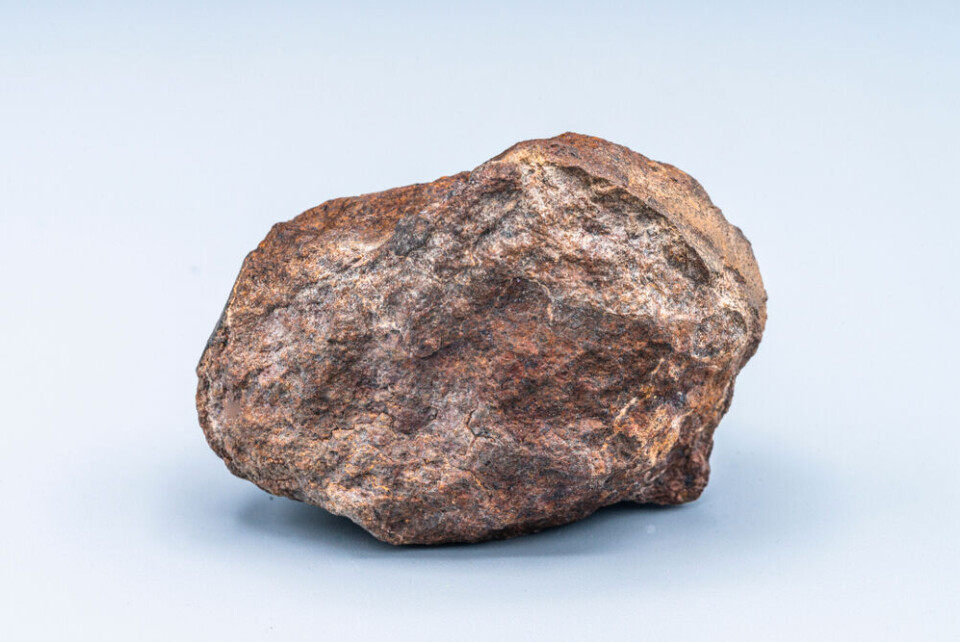-
Visual: how healthy do French people think they are?
Progress in smoking rates but more than one in five people polled say they feel they drink excessively
-
Lost cat reunited with French family after 11 years thanks to identification tattoo
Shelter discovered injured elderly cat had identification tattoo which helped to track down previous owners
-
‘We thought it was a plane crash’: magnitude 3.9 earthquake hits Nîmes
Tremors felt throughout suburbs as epicentre only 8km from city
French astronomers comb Normandy fields for pieces of fallen meteorite
If you are out walking near Sées in the Orne department and suspect you find a piece, you can contact an international network to report it

Around 15 to 20 French astronomers are in Normandy searching fields around Sées in the department of Orne today (April 23) in an attempt to find tiny fragments of meteorites that fell in the area last week.
A small rock weighing between two and 10 kilograms from the asteroid belt located between Mars and Jupiter entered Earth’s atmosphere on April 16.
It was spotted above Nantes, Angers and Le Mans and then later above Normandy. It then broke up into smaller pieces around the size of an orange, weighing between 50 and 500g, which landed somewhere in the countryside around Sées.
“People below could see it for about ten seconds, which is five times longer than a normal shooting star," François Colas, astronomer at the Paris Observatory and director of research at public research centre CNRS, told Ouest France.
Sylvain Bouley, head of the French Astronomical Society, is one of the hopeful astronomers searching the fields around Sées today, but he admitted it will not be easy to find a piece of the space rock.
"We are looking for a needle in a haystack,” he said.
The team is not searching blindly, though. The meteorite’s trajectory was recorded by several cameras set up by an international network called Fripon, which stands for Fireball recovery and inter planetary observation network.
It has installed cameras to observe the skies over France with the support of the Observatoire de Paris.
How do you recognise a meteorite?
There are four characteristics to look out for, the United States Geological Survey states.
-
Meteorites are usually quite heavy compared to their size, more so than a standard rock.
-
They can be, and often are, magnetic, as most of them contain metallic iron. It means that a magnet should stick to them, or at least be attracted to them
-
They are rarely round and are usually odd shapes with pits in them, like fingerprints
-
They usually have a thing ‘fusion crust’ on their surface where the meteorite has melted when going through Earth’s atmosphere
Why are astronomers searching for the meteorite fragments?
Although the chances of success are slim, the searchers say it is worthwhile
“Finding a freshly fallen meteorite can provide us with very interesting information on the formation of the solar system", Mr Colas and Mr Bouley, who are leading the search, said.
If they do not find anything, the astronomers have promised to return at a later date. And if they do find something, they say they will hold a press conference on the discovery in June.
Can I participate?
If you happen to be in the area, there is nothing to prevent you from having a look out for pieces of the meteorite. And if you find anything, you can report it to Fripon, email address: vigie-ciel@mnhn.fr.
Related stories
What was the mysterious glowing object spotted over French skies?
























